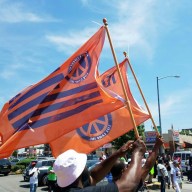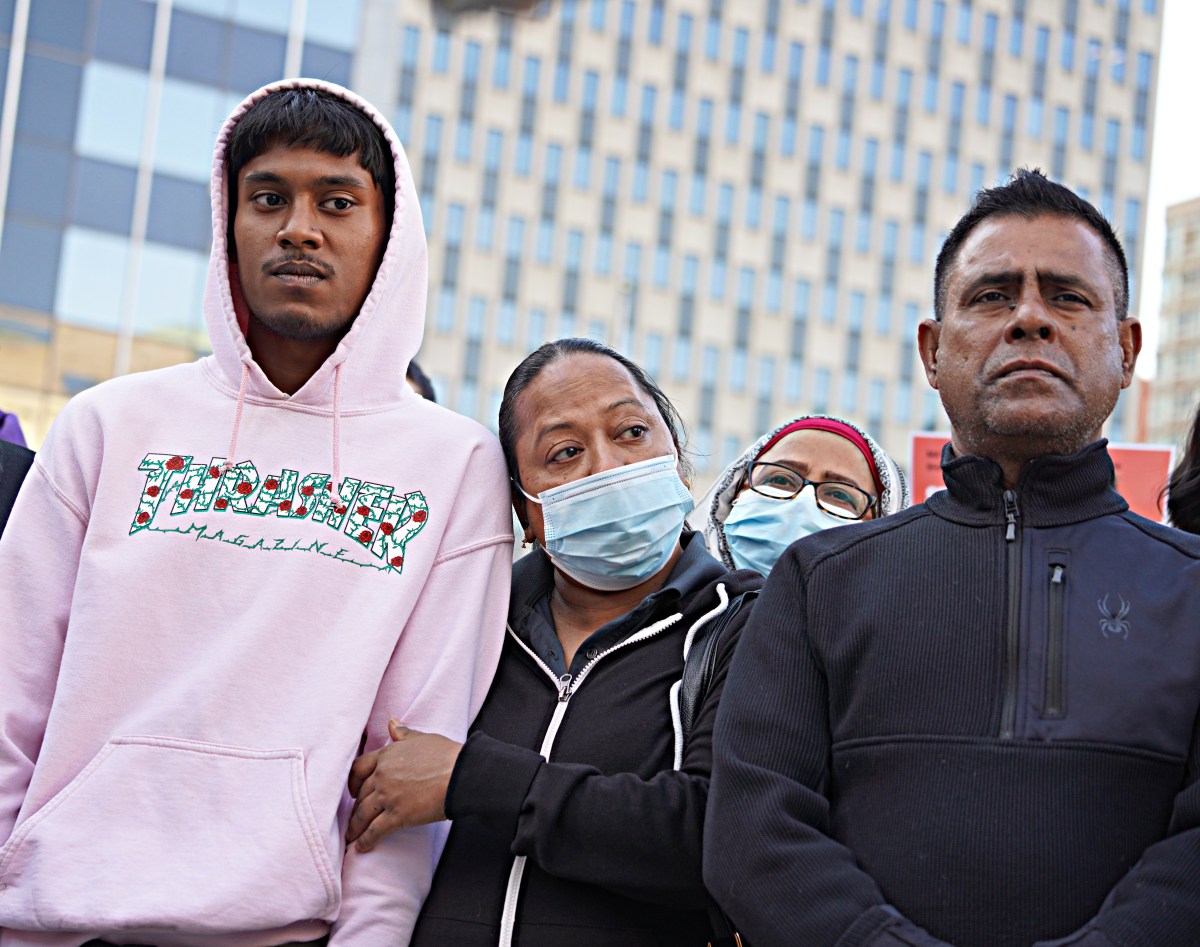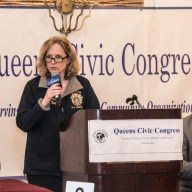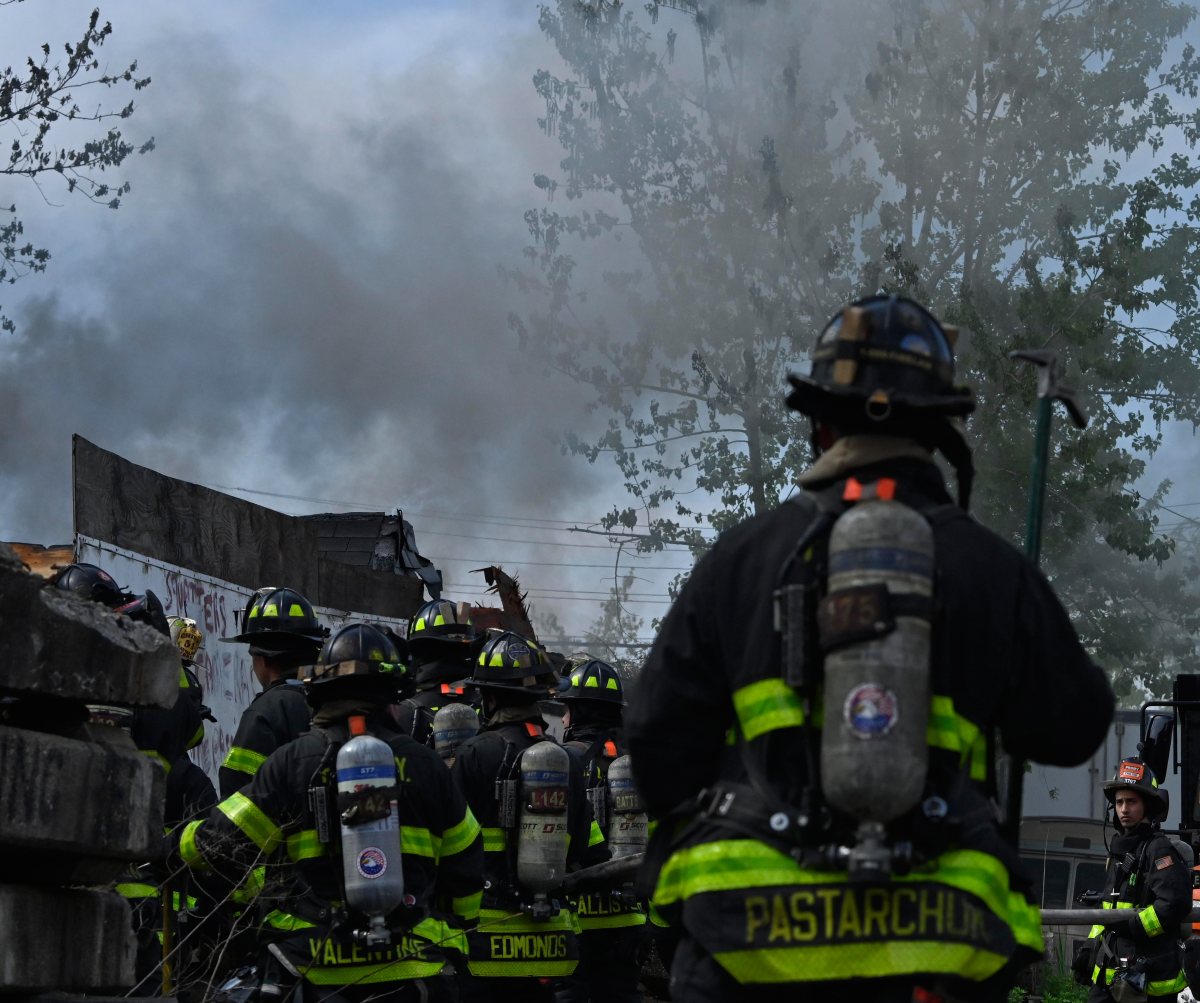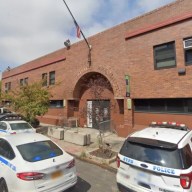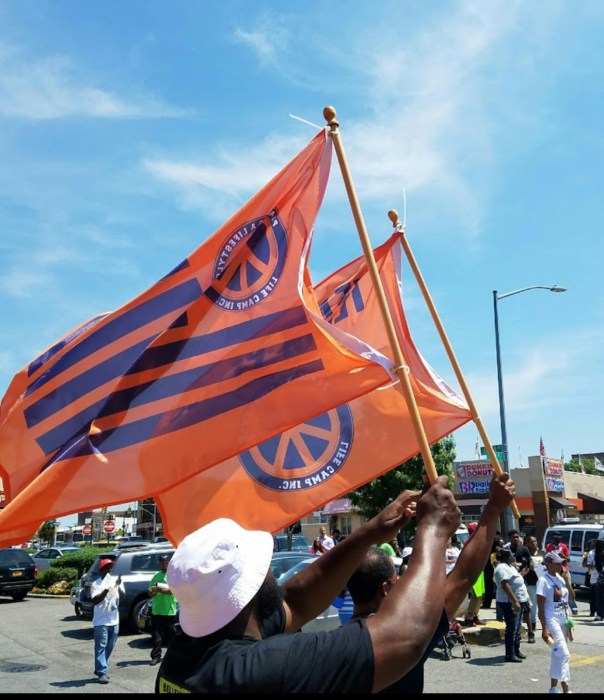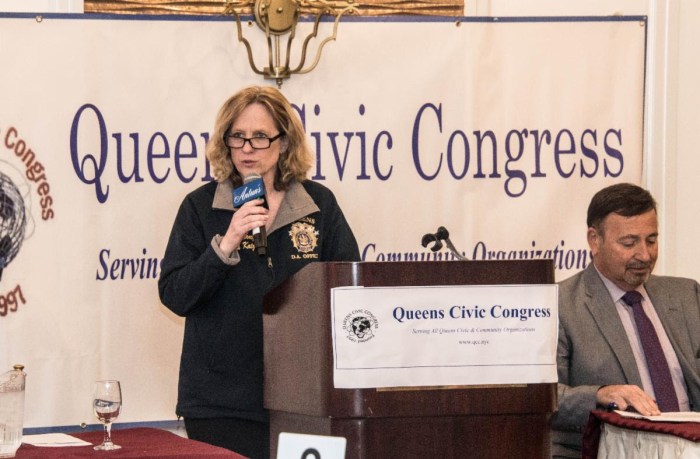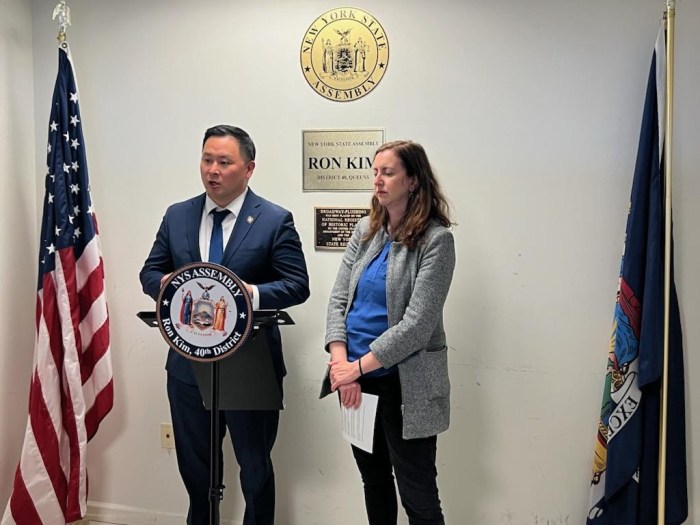— Jewish proverb
On Aug. 6 and Aug. 9, we remember the 56th anniversary of the dropping of the atom bomb on Hiroshima and Nagasaki,…
By Alex Berger
“The only truly dead are those who have been forgotten”
— Jewish proverb
On Aug. 6 and Aug. 9, we remember the 56th anniversary of the dropping of the atom bomb on Hiroshima and Nagasaki, Japan.
It took many lives but it also ended World War II.
Gloria is a volunteer at the Museum of Natural History and teaches visiting children origami, the Japanese art of paper folding. She sits at a large table in the Great Hall, surrounded by many little ones hailing from all parts of the world. She leads them in making figures and shapes from colorful paper
Gloria always includes the majestic crane in her teaching repertoire. Before demonstrating the necessary steps, she first tells the poignant story of a little six-year old Japanese girl who lived in Nagasaki during World War II:
During the closing days of that war, when the atomic bomb was dropped on the girl’s city by an American B-29, it detonated above her home (Flushing’s Murray Juvelier was a crew member on the decoy plane which flew on both atomic-bomb missions). In the blink of an eye, many residents of the city were killed or injured.
The little girl was one of the injured. As she lay in a hospital bed clinging to life, the nurses convinced her that if she could fold 1,000 cranes, no matter how long it took, she would assuredly get better.
And so, one thousand sheets of origami paper were placed before her. The girl went right to the task. She meticulously began to fold the paper with her burned hands and fingers. As she completed the birds, the nurses hung them neatly around her bed. The girl struggled to go on. She managed to make only 433 cranes before succumbing to the injuries.
The saddened nurses, doctors, and townspeople vowed to complete the job the little girl had begun. They folded and folded until the goal of 1,000 cranes was reached. They represented prayers for the little girl, as well as for the other victims of the bombing.
The tradition of the “senbazru” — one thousand cranes folded for a specific purpose — has since become a very powerful symbol in Japanese culture, as well as in religious institutions, schools, and individuals in America to raise social consciousness It is said that the paper cranes make a specific wish come true. It is also thought to bring healing, peace, and good luck. The 1,000 cranes are strung together in strands of 50 to 100, with the bottom of one crane body resting on top of another.
I was so moved by that story that I was determined to find out more about it. Through the work of Jon Krakauer, a worldly book and magazine writer, I discovered that in Nagasaki, there is a small oasis of open space called Hypocenter Park. It sits inconspicuously beside the main thoroughfare a few minutes north of the downtown area of the city. Its trees arch gracefully above neatly trimmed hedges offering a welcome respite from the clatter and congestion of the surrounding city.
But at the northern margin of the park stands a slender column of stark black stone that recalls the bombing of the city. That event, as the world has since learned, had great significance on the course of human history. It is only 56 summers ago that atom bombs were unloosed on people. No country has dropped one since.
The first bomb over Hiroshima came from the belly of the B-29 innocuously named “Enola Gay,” the second from a plane named “Beck’s Car.” At Nagasaki, the bomb exploded 1,650 feet directly above the spot where the Hypocenter now stands.
In a flash, three square miles of the city were obliterated. Two thirds of the 240,000 residents were either killed outright or hideously injured. More than half a century after the fact, the mind balks at the suffering and devastation that ensued. It is impossible to picture this park, this verdant plot of earth, at the epicenter of a scorched and lifeless landscape. From the American point of view, the bombs were dropped to hasten the end of World War II. It did, and the citizens of both cities paid an appalling price for it.
I will not go into the lingering debate as to whether or not the war would have ended without the bombing, but the war did end abruptly and immediately thereafter. (Continued next week.)
Reach columnist Alex Berger by e-mail at timesledger@aol.com or call 229-0300, Ext. 139







